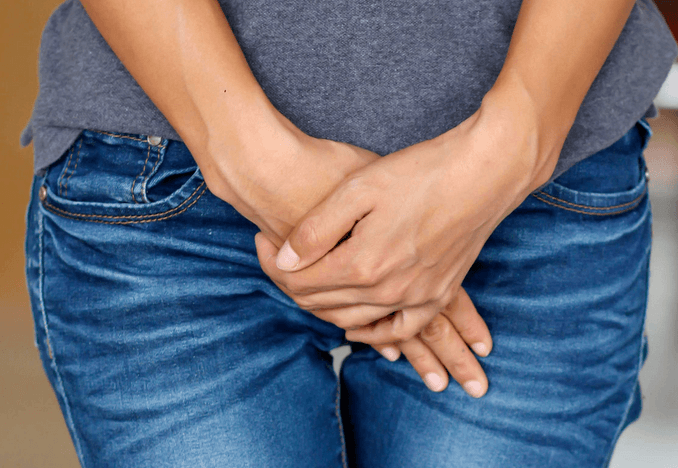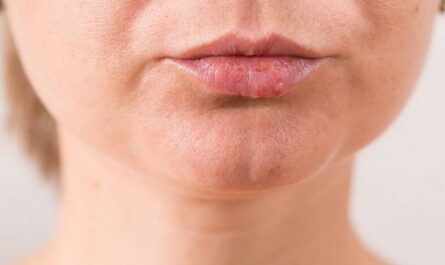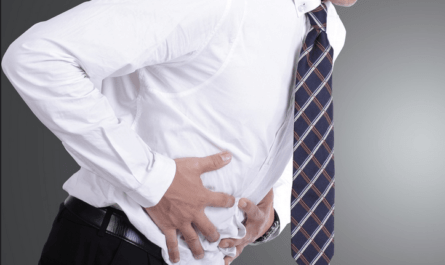How to make yourself pee? Pee is actually a very important function. Urine helps flush out toxins and other waste products from your body.
Some people may ask, “Why would you want to make yourself pee?” Because urination is not a problem for most people. However, there are some reasons you should force your body to pee.
If you have a medical condition that causes you to have trouble peeing, you might be concerned about how you’ll manage. The good news is that there are things you can do to make it easier.
Why Would You Want to Make Yourself Pee?
The most common reason is to undergo a urine test. Whether it’s for a drug test or to check the health of your urinary system, doctors often require a urine sample to make an accurate diagnosis.
If you’re having difficulty urinating due to a shy bladder, an enlarged prostate, urinary tract infection, bladder obstruction, neurological disease, certain medications, or constipation, then making yourself pee can help you provide the necessary sample.
In addition to urine tests, there are other medical reasons why someone would want to make themselves pee. For example, if you’re experiencing bladder issues like an overactive bladder or frequent urination, then your doctor may recommend that you try and make yourself pee on a regular schedule to retrain your bladder.
Finally, if you’ve been drinking a lot of fluids and need to relieve some pressure in your bladder, then making yourself pee can help relieve some of the discomfort of having a full bladder.

How to Make Yourself Pee: 12 Remedies That Work
These are the different things that you can do to make yourself pee:
1. Drink More Water
Drinking more water before the urine test may be the easiest and safest way to induce natural urination. Do not worry about drinking too much because the extra water will naturally be expelled from your kidney via urine.
You can drink two or three glasses of water before the urine test; you will make yourself pee at the doctor’s office.
2. Taking Certain Foods
Aside from water, what else can you take that will make you pee? Some foods with a natural diuretic property will help expel urine fast.
- Watermelons – This type of fruit contains a lot of water. It is not surprising that this can cause people to pee better.
- Cucumbers – If you want something that can efficiently flush your lymphatic system, this is one of the food products you need.
- Citrus Fruits – Any citrus fruit will do. You can choose depending on your preference when it comes to taste. Citrus fruits are all diuretics. This explains why taking lemon water can get rid of bloat quickly. It can efficiently flush out the excess water in the body.
- Carrots – Some people are more familiar with carrots as something that can be taken to improve one’s eyesight, but carrots can do much more than that. This can cause you to pee better because it has many antioxidants that help remove the toxins in the body.
3. Try Some Herbs
Some herbs are considered to help induce urination. Some of the herbs that you can include are the following:
- Parsley – This is full of antioxidants which can make it helpful in making yourself pee.
- Cilantro – Same with parsley, this also comes with antioxidants that can make you pee. It also has other properties that can help regulate the digestive system.
- Garlic – Many people love garlic in their diet, but this time, you can count on garlic as one of the foods you can take that will also promote urination. This can also boost your immune system.
- Ginger – This increases urination, which you must do throughout the day.
Of course, you can always take coffee or tea. If you are a regular coffee or tea drinker, you know that you will frequently urinate when you start drinking.
4. Lean Forward
You can lean forward while sitting on the toilet bowl when you want to produce a heavier stream. This may be ideal for women who usually sit when they are peeing.
When you lean forward, you are pushing your abdominal muscles, which can put enough pressure on your bladder so that you can pee better.
5. Try a cup of gray tea or black coffee
You can try a cup of gray tea or black coffee to help pee because caffeine can promote frequent urination. However, avoid too much caffeine because it can spike your blood pressure temporarily.
6. Push on your abdomen
You can push your abdomen if your pee is still not as much as you would like. This will allow you to pressure your kidneys to produce a heavier urine stream.
Remember to press gently – just enough to make your urine flow. You should also avoid pressing your bladder, which can cause the urine to return to the kidneys.
7. Massage your bladder a bit
To do this method, you must know where your bladder is. The bladder is located below your navel. You can lightly tap your bladder, like drumming your fingers on a flat surface.
You will hit or dab on some spots that will cause heavy streams to come out.
8. Allow running water to run
This is something that environmentalists will not do because water is life and should not be wasted at any cost. Still, if you are already getting desperate, you can turn on your faucet, close your eyes while sitting on the toilet and focus on the sound you hear.
Many people find themselves being able to pee because of the sound of running water. You may never know; it might work for you too.
9. Try to put water on your perineum
If you are unsure about your perineum, this is the area between your anus and genitals. You can reach your perineum better if you have a bidet. Water down the area, and you may feel the need to pee.
10. Try to Relax
What if you know you have to pee, but your bladder is shy about it? What are you going to do instead? A lot of times, you need to know how to relax. There are some relaxation techniques that you can do to make you feel better.
- You can close your eyes while sitting on the toilet and distance yourself away from the thought that you are trying to urinate. Allow yourself to think that you are at home and that there are no other people with you.
- When you try to relax, make sure that you target one muscle group at a time. You can focus on something easy first, then slowly progress to something considered harder.
- Listen to songs or read some newspaper articles. Finding things to do will distract you from urinating; doing these will help you pee better.
- Hold your breath to make yourself relax. Because this increase can increase the carbon dioxide levels in your system, which helps you reduce stress. Try to exhale about three-fourths of your breath and hold the rest of the air for about 40 seconds. Repeat the process until you feel relaxed.
11. Exercise
If you have tried all the remedies mentioned above and nothing worked, you may feel tenser than you thought about the exam. What you can do is walk around a bit.
You can walk for some minutes or do other simple exercises like jogging or swimming. There are times when doing some physical activities, even if they are not strenuous, will be enough to make you pee.
12. Seek Medical Help and Try Medications
Once again, if you suspect that a health condition causes your inability to pee, you need to check yourself immediately. You need to find the cause before the disease progresses to something more severe and harder to treat. You should always treat the underlying cause to make yourself feel better.
You should see your doctor immediately if you have difficulty urinating with other symptoms, such as acute lower abdominal or pelvic pain. This may be a severe medical problem. Your doctor may recommend medications like Alpha receptor blockers to help relax your bladder muscles and pee naturally.

Others’ Proven Experiences about Making Your Self Pee
Naisha: Drink a lot of water and gently tickle yourself near your asshole, but a bit higher! This is a good way that always works for me.
Katie: When I can not pee easily. First, I drink Gatorade, eat some Gummy bears, and drink water. Finally, I walk for some time until I have to go to the bathroom.
Sheena: First, I found something freezing, such as a bag of peas, in my freezer. Then place it on my lap close to my stomach and massage my lower abdomen gently. This method works every time.
Veritas: My friend told me an easy way to make yourself pee using peppermint oil. You must take a whiff or eat a peppermint candy before a urine test.
Who Commonly Suffers from Urinary Problems?
Urinary problems can affect people of all ages, but some groups are more likely to suffer from them than others. These include older adults, pregnant women, people with diabetes, people with enlarged prostates, people with weakened immune systems, and people with certain neurological conditions.
In addition, men are more likely to suffer from urinary problems than women. Men may start having problems when they are 40 years old. As they grow old, the chances that they will suffer from urinary problems become bigger.
Conclusion
All in all, making yourself pee isn’t something that most people think about doing regularly, but it can be useful in certain situations. If you’re having difficulty urinating due to medical reasons or for any other reasons, then it may be worth trying to make yourself pee to get the results you need.






